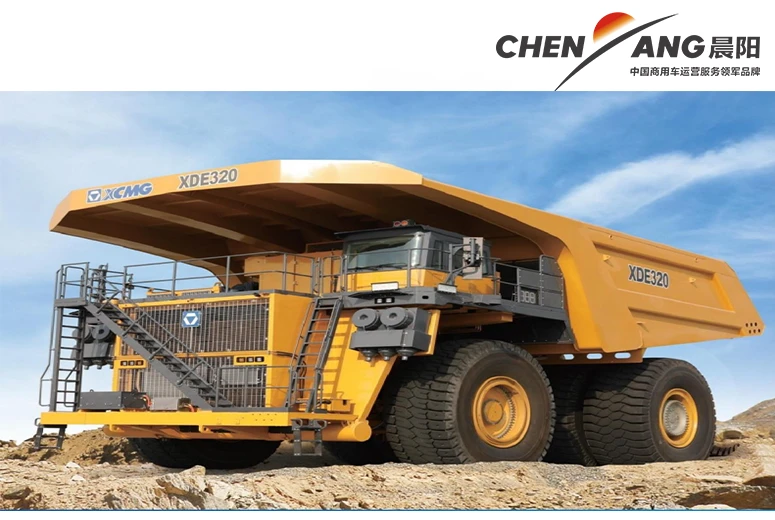Exploring the Design and Functionality of Backbone Frame Chassis Systems
Understanding Backbone Frame Chassis An Engineering Marvel
In the realm of automotive design, the backbone frame chassis stands out as a pivotal structure that plays a crucial role in vehicle performance, safety, and overall design efficiency. This architectural style, often utilized in various types of vehicles, has proven to be an effective choice for manufacturers looking to blend strength, rigidity, and space optimization.
What is a Backbone Frame Chassis?
The backbone frame chassis is characterized by its unique design, which features a central backbone-like structure that runs the length of the vehicle. This backbone is typically constructed from a single tube or a series of tubes that provide both structural integrity and support for various components of the vehicle. Unlike traditional frame designs that may incorporate a more complex arrangement of beams and supports, the backbone chassis simplifies the architecture while maintaining high levels of performance.
This design is often favored in lightweight vehicles, such as sports cars, off-road vehicles, and even some motorcycles. The backbone frame allows for a lower center of gravity, enhancing stability and improving handling. Furthermore, its straightforward design can lead to reduced weight, which is a critical consideration for manufacturers focused on fuel efficiency and performance.
Advantages of Backbone Frame Chassis
1. Weight Efficiency One of the most significant benefits of using a backbone frame chassis is its weight efficiency. The design utilizes a minimalistic approach, which results in reduced material usage without compromising strength. This weight savings translates directly into better fuel efficiency and performance.
2. Rigidity and Strength The inherent design of the backbone chassis provides exceptional rigidity. This strength helps to absorb and dissipate energy during impacts, enhancing passenger safety. The structure allows for effectively managing stress and distributing loads, which is crucial for maintaining vehicle stability.
3. Space Management By centralizing the structure, the backbone frame allows for more flexible use of space within the vehicle. This design offers ample room for other components such as the engine, transmission, and suspension systems. As a result, manufacturers can innovate with interior layouts and features, enhancing user experience.
backbone frame chassis

4. Simplicity in Repair and Maintenance With fewer components to manage, the backbone frame chassis can simplify repair and maintenance processes. Technicians can access key components more easily, leading to reduced downtime for repairs and better overall serviceability.
Applications of Backbone Frame Chassis
The applications of the backbone frame chassis vary widely across different vehicles. It is commonly found in
- Sports Cars Many sports car manufacturers adopt this chassis design to maximize performance while ensuring lightweight construction. The chassis' rigidity allows for efficient energy transfer during acceleration and cornering, providing a thrilling driving experience.
- Off-Road Vehicles Backbone chassis are highly regarded in off-road vehicle design. Their strength and durability make them capable of withstanding harsh conditions, while the design helps maintain stability on uneven terrain.
- Motorcycles The backbone style is prevalent in motorcycle design as well. It provides the necessary strength while allowing for a compact build, which is imperative in enhancing maneuverability and performance.
Conclusion
The backbone frame chassis represents a fascinating convergence of engineering design and practical application within the automotive industry. Its ability to combine strength, lightweight efficiency, and space optimization makes it an attractive option for various vehicles, from high-performance sports cars to rugged off-road machines. As auto manufacturers continue to innovate and seek ways to enhance vehicle performance while prioritizing safety and efficiency, the backbone frame chassis will undoubtedly remain a relevant and essential component of modern vehicle engineering. Understanding its complexities and advantages enables consumers and engineers alike to appreciate this engineering marvel and its impact on the future of automotive design.
-
SINOTRUK HOWO 84 Electric Dump Truck for Eco-Friendly Heavy HaulingNewsJul.26,2025
-
The Fast 16-Gear Manual Transmission Assembly for Heavy TrucksNewsJul.25,2025
-
Mercedes Benz Actros 1848 42 Tractor Truck for Sale - Reliable PerformanceNewsJul.24,2025
-
High-Quality Water Pump Assembly for Sinotruk Trucks – Durable & ReliableNewsJul.23,2025
-
Premium Truck Engine Antifreeze Coolant Fluid for Heavy Duty VehiclesNewsJul.22,2025
-
FOTON View G7 Mini Bus: Affordable & Spacious TransportNewsJul.22,2025
Popular products

























